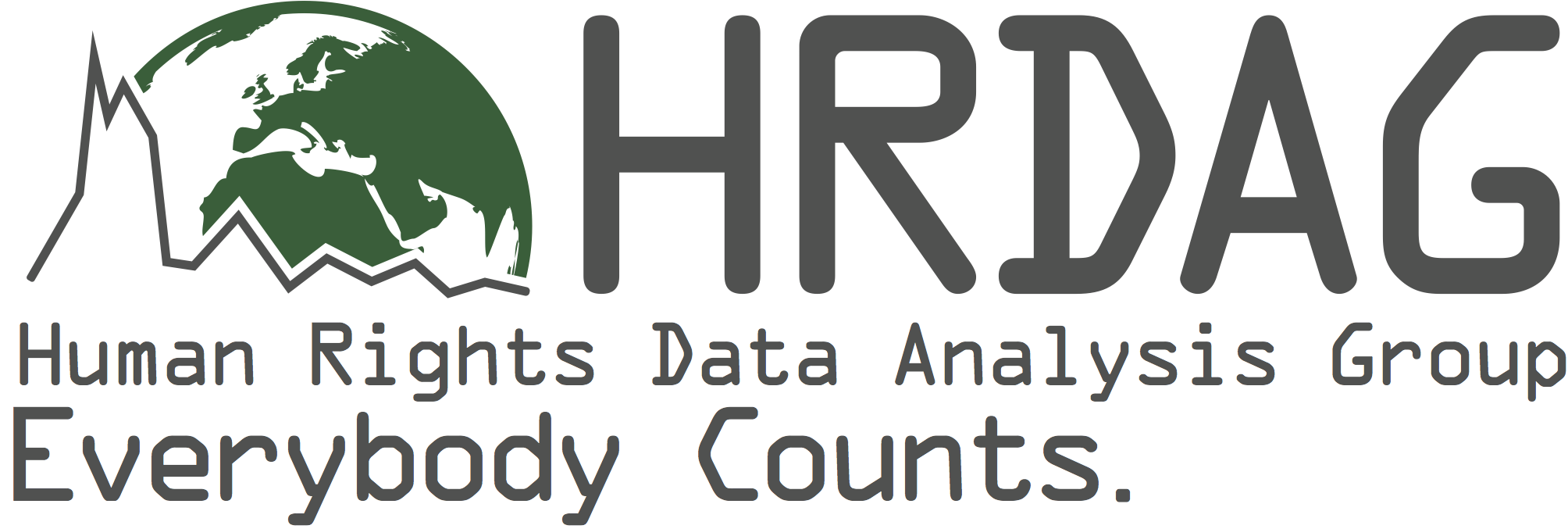Sunday 2:45 PM–3:30 PM in Theater
Altair: Declarative, Statistical Visualization for Python
Brian E. Granger
- Audience level:
- Novice
Description
Altair is a declarative statistical visualization library for Python. Altair provides a user-centric Python API on top of the declarative visualization stack of Vega-Lite, Vega and D3.js. A wide range of statistical visualizations can be created with only a few carefully design abstractions.
Abstract
Altair provides a Python API for building statistical visualizations in a declarative manner. By statistical visualization we mean:
- The data source is a DataFrame that consists of columns of different data types (quantitative, ordinal, nominal and date/time).
- The DataFrame is in a tidy format where the rows correspond to samples and the columns correspond the observed variables.
- The data is mapped to the visual properties (position, color, size, shape, faceting, etc.) using the group-by operation of Pandas and SQL.
The Altair API contains no actual visualization rendering code but instead emits JSON data structures following the Vega-Lite specification. For convenience, Altair can optionally use ipyvega to display client-side renderings seamlessly in the Jupyter notebook.
Altair has the following features:
- Carefully-designed, declarative Python API based on traitlets.
- Auto-generated internal Python API that guarantees visualizations are type-checked and in full conformance with the Vega-Lite specification.
- Auto-generate Altair Python code from a Vega-Lite JSON spec.
- Display visualizations in the live Jupyter Notebook, on GitHub and nbviewer.
- Export visualizations to PNG images, stand-alone HTML pages and the Online Vega-Lite Editor.
- Serialize visualizations as JSON files.
- Explore Altair with 40 example datasets and over 70 examples.
Altair is developed by Brian Granger and Jake Vanderplas in close collaboration with the UW Interactive Data Lab.









